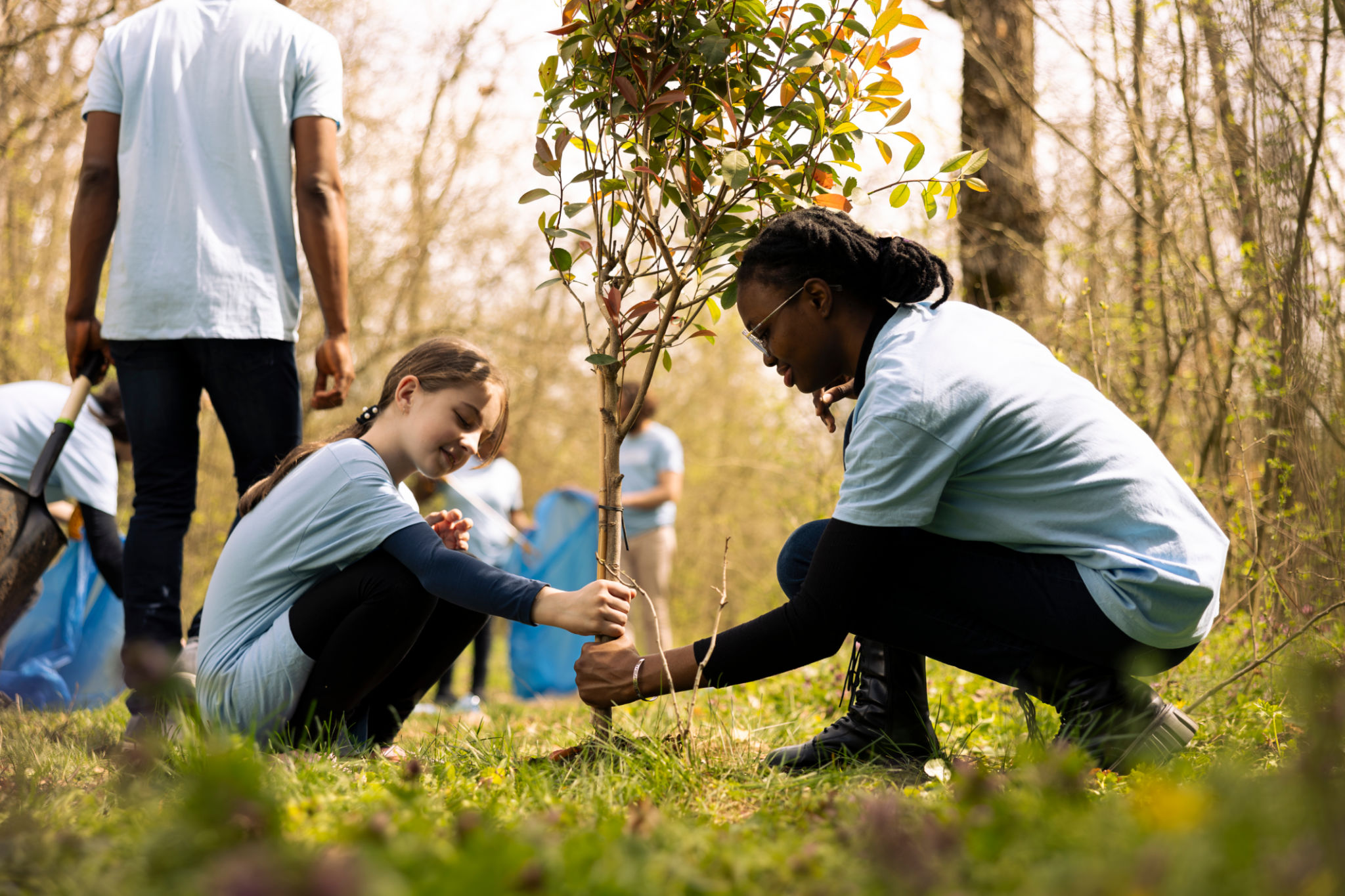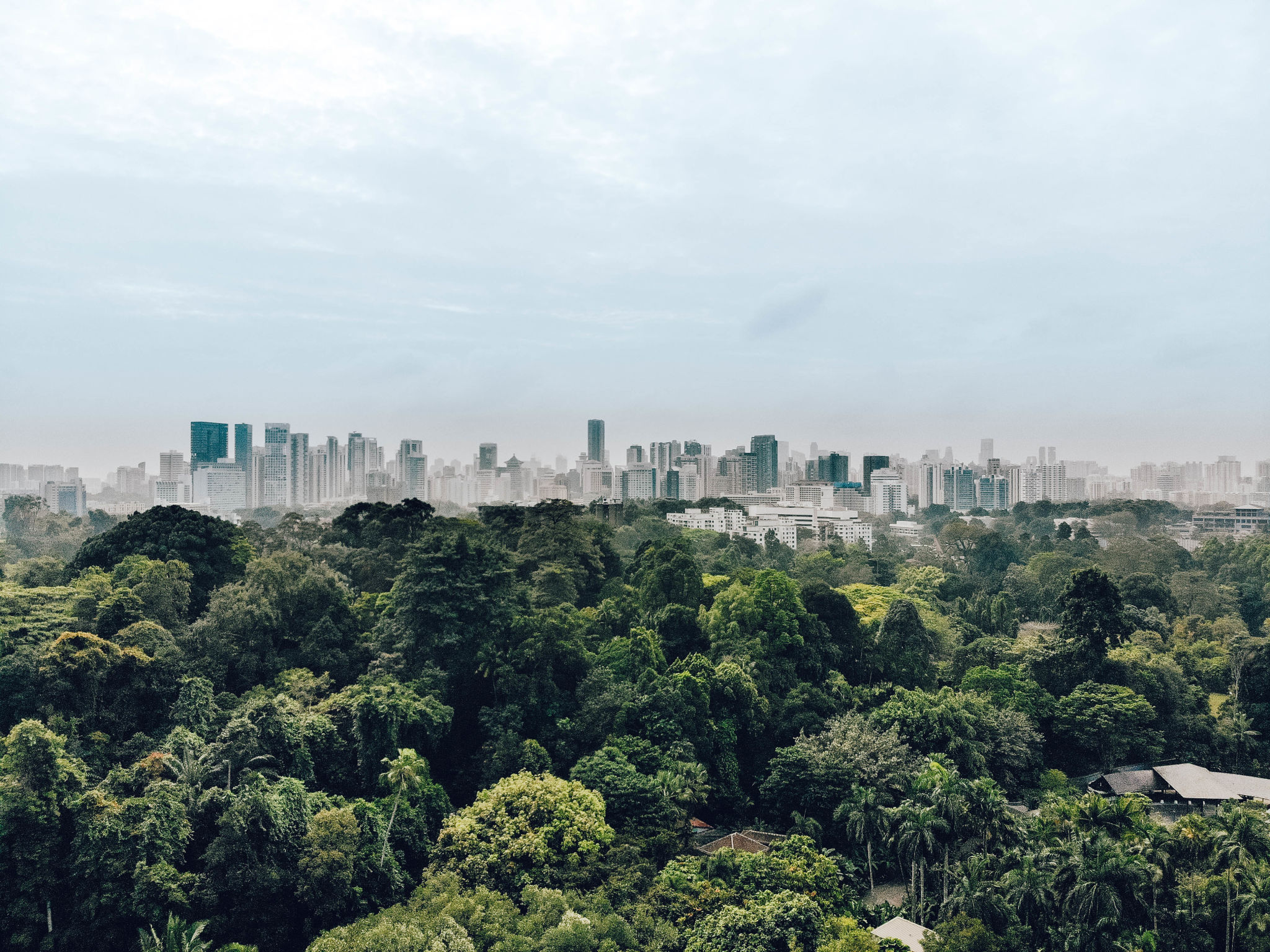Case Study: Successful Tree Preservation Project in Wichita
Introduction to the Tree Preservation Project
Wichita, a city known for its lush parks and tree-lined streets, recently embarked on a groundbreaking tree preservation project that has set a benchmark for urban forestry management. This initiative aimed to protect and maintain the city's tree canopy, ensuring ecological balance and enhancing urban aesthetics. The success of this project offers valuable insights into sustainable urban development.

Goals and Objectives
The primary goal of the Wichita Tree Preservation Project was to preserve the existing trees while promoting new growth. The project sought to achieve the following objectives:
- Enhance biodiversity: By maintaining various tree species, the project aimed to support local wildlife habitats.
- Reduce urban heat: Increasing tree cover helps in reducing the heat island effect common in urban areas.
- Improve air quality: Trees act as natural air filters, absorbing pollutants and providing cleaner air.
Strategies Implemented
The success of this project can be attributed to several strategic initiatives. Key strategies included:
- Community involvement: Engaging local residents through workshops and volunteer planting days ensured widespread support and participation.
- Strategic planting: Selecting appropriate species for different areas based on soil type and space availability helped in maximizing growth potential.
- Regular maintenance: Scheduled pruning, watering, and health checks were crucial for the longevity and health of the trees.

Challenges Faced
Like any large-scale project, this initiative encountered several challenges. One major obstacle was securing funding. The project required substantial investment for planting and maintenance, necessitating partnerships with local businesses and government entities. Additionally, weather conditions posed a challenge, as extreme temperatures could affect tree health.
Community Engagement and Support
The heart of this project was community involvement. The city organized numerous educational seminars and events to raise awareness about the importance of tree preservation. Schools, local organizations, and residents participated in planting days, fostering a sense of ownership and responsibility towards the city's green spaces.

Impact and Results
The Tree Preservation Project in Wichita has yielded impressive results. The city's tree canopy has increased by 15%, contributing to a noticeable reduction in urban heat spots. Furthermore, air quality measurements have shown a decrease in pollutants, directly benefiting residents' health. Biodiversity has also improved, attracting more species of birds and insects to the area.
Lessons Learned
This project has provided valuable lessons for other cities looking to implement similar initiatives. Key takeaways include the importance of community engagement, the need for multifaceted strategies, and the critical role of regular maintenance in ensuring project success. By learning from Wichita's experience, other urban centers can effectively enhance their green infrastructure.
The Future of Urban Forestry in Wichita
Building on its success, Wichita plans to expand this preservation initiative. Future efforts will focus on introducing more native species, increasing green spaces in underserved areas, and continuing to engage the community. Through these ongoing efforts, Wichita aims to become a model city for urban forestry management worldwide.

